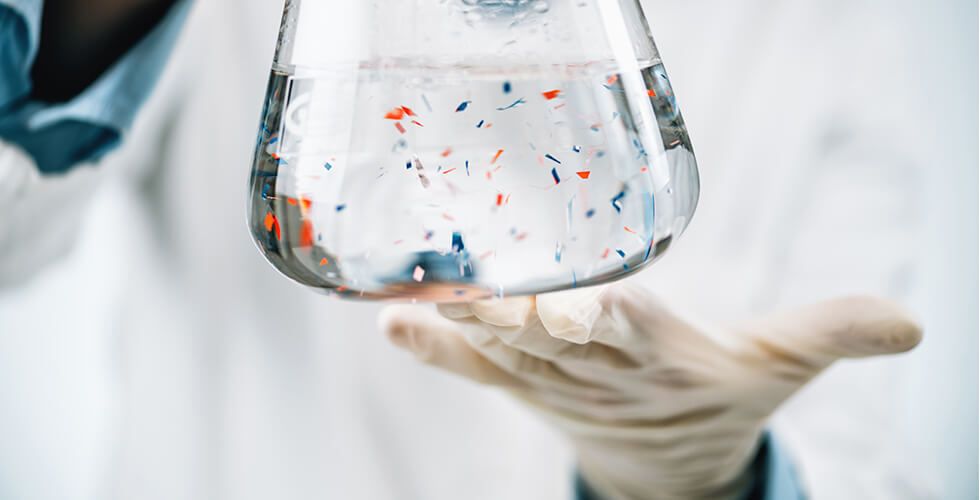
That tiny piece of plastic floating in your water bottle or lodged in ocean debris could be doing more than polluting the planet—it might be helping bacteria evolve into unstoppable superbugs.
A new study from Boston University reveals that microplastics are an ideal breeding ground for biofilms—sticky, slimy protective layers formed by bacteria to shield themselves from attack. Once inside these slimy fortresses, bacteria become far more resistant to antibiotics, making them harder to kill and more dangerous to human health.
“Microplastics are like rafts,” said lead author Neila Gross, a Ph.D. student in materials science. “A lone bacterium might not travel far on its own, but on a bit of plastic, it can ride into all kinds of environments.”
Biofilms are already known to increase bacterial resistance, but the study found that microplastics make this effect significantly worse. When E. coli was grown on microplastics and exposed to common antibiotics like ciprofloxacin and doxycycline, it became stronger, faster-growing, and far more drug-resistant than when grown on other surfaces like glass.
Even more troubling? Once removed from the microplastics, the bacteria kept their increased resistance and ability to form biofilms—like they’d leveled up permanently.
Senior author Muhammad Zaman called the findings “really, really concerning,” noting that the antibiotic resistance wasn’t limited to one drug. It spanned multiple commonly used antibiotics, which could complicate treatment for bacterial infections.
While this was a controlled lab study, experts say it adds to growing evidence that microplastics aren’t just an environmental threat—they’re a public health issue, too. More research is needed, but the implications are clear: our plastic waste may be quietly powering the rise of superbugs.

